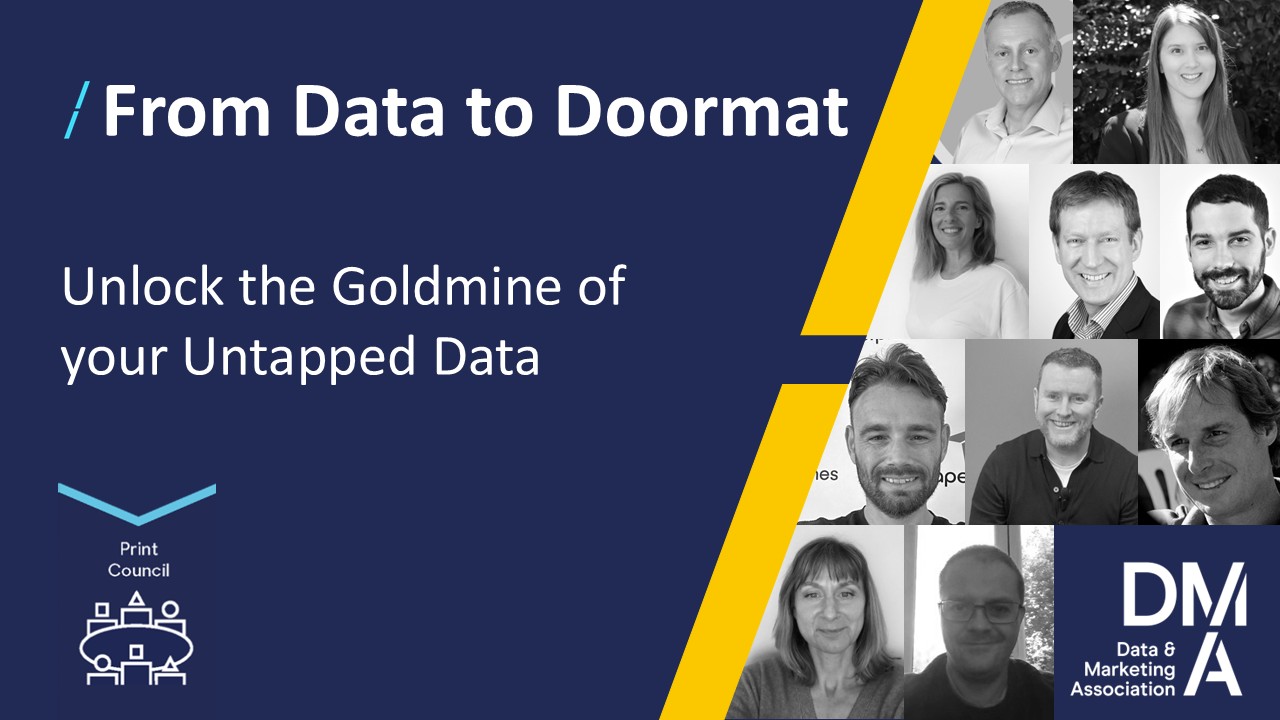CDPs & MAPs - working together to deliver seamless customer experiences
06 Feb 2023
At Purple Square, we believe that Customer Data Platforms (CDPs) and Marketing Automation Platforms (MAPs) are the two principal technologies that businesses should be using to deliver seamless customer experience (CX). CDPs, such as Tealium, mParticle, and Twilio Segment, help businesses collect, store, and analyse customer transactional and behavioural data from various sources, while MAPs, such as HCL Unica, Acoustic, Adobe Campaign, Salesforce Marketing Cloud, and Pega Customer Decision Hub, help businesses automate and personalise their marketing efforts.
When used properly, these technologies can be used to deliver a highly personalised and engaging CX across multiple channels and touchpoints.
What do CDPs do?
CDPs are designed to collect and store customer data from organisational customer-facing sources, such as website, analytics, social media, and point of sale systems. This data is then made available to other systems, such as MAPs or CRM systems, through APIs. CDPs can also be used to analyse customer data and identify patterns and trends, which can be used to inform marketing decisions. For example, businesses can use CDPs to identify their most valuable customers and target their marketing efforts accordingly.
MAPs, on the other hand, are designed to automate and personalise marketing activities. They can be used to create and execute targeted marketing campaigns across multiple channels, such as email, social media, and SMS. MAPs can also be used to track the success of marketing campaigns and make adjustments in real-time to optimise results. For example, businesses can use MAPs to create personalised email campaigns based on customer data from CDPs, such as purchase history and browsing behaviour, whilst also ensuring similar messaging is pushed through to call centre and digital channels.
Pulling them together
In isolation, both MAPs and CDPs offer very powerful capabilities. However it’s when there is a co-ordinated strategy and they are used together, that CDPs and MAPs deliver a highly individualised and engaging CX.
By collecting and analysing customer data from various sources in [near-]real-time, businesses can gain a more complete understanding of their customers and use this information in their marketing efforts. For example, businesses can use customer data from CDPs to create product recommendations and targeted marketing campaigns, at a time that will generate most engagement and response rates.
Additionally, by automating and personalising marketing efforts, businesses can not only reach many more customers but also improve the effectiveness of their marketing campaigns. For example, businesses can use MAPs to create personalised email/web campaigns for different segments of their customer base, such as their most valuable customers or those who have abandoned their shopping carts.
It’s more than just sending communications.
Integrating the CDP with response and communications history, stored within the MAP, allows businesses to track the success of their marketing campaigns in real-time and make adjustments accordingly. Businesses can use MAPs to track the success of their email campaigns and use this data to inform their next marketing campaign, whilst the CDP tracks and analyses customer behaviour and responses. This allows businesses to continuously improve the effectiveness of their marketing efforts.
Whilst we have always discussed the nirvana of seamless omni-channel marketing orchestration, it has never really been that easy to deliver; with different channels and touchpoints requiring complex integrations and often bespoke point-to-point development. With the integration of CDPs and MAPs, businesses can create a seamless experience across multiple channels and touchpoints. Businesses can use CDPs to track customer behaviour on their website and use this data to inform their email campaigns. This allows businesses to create a cohesive and consistent experience for their customers.
CDPs and MAPs are two key technologies that businesses are using to deliver seamless CX. CDPs help businesses collect, store, and analyse customer data, while MAPs help businesses automate and personalise their marketing efforts.
Together, these technologies can be used to deliver a highly personalised and engaging CX across multiple channels and touchpoints. Businesses that can effectively leverage these technologies will be able to create a better omni-channel customer experience, ultimately delivering increased revenue and profitability.





Please login to comment.
Comments